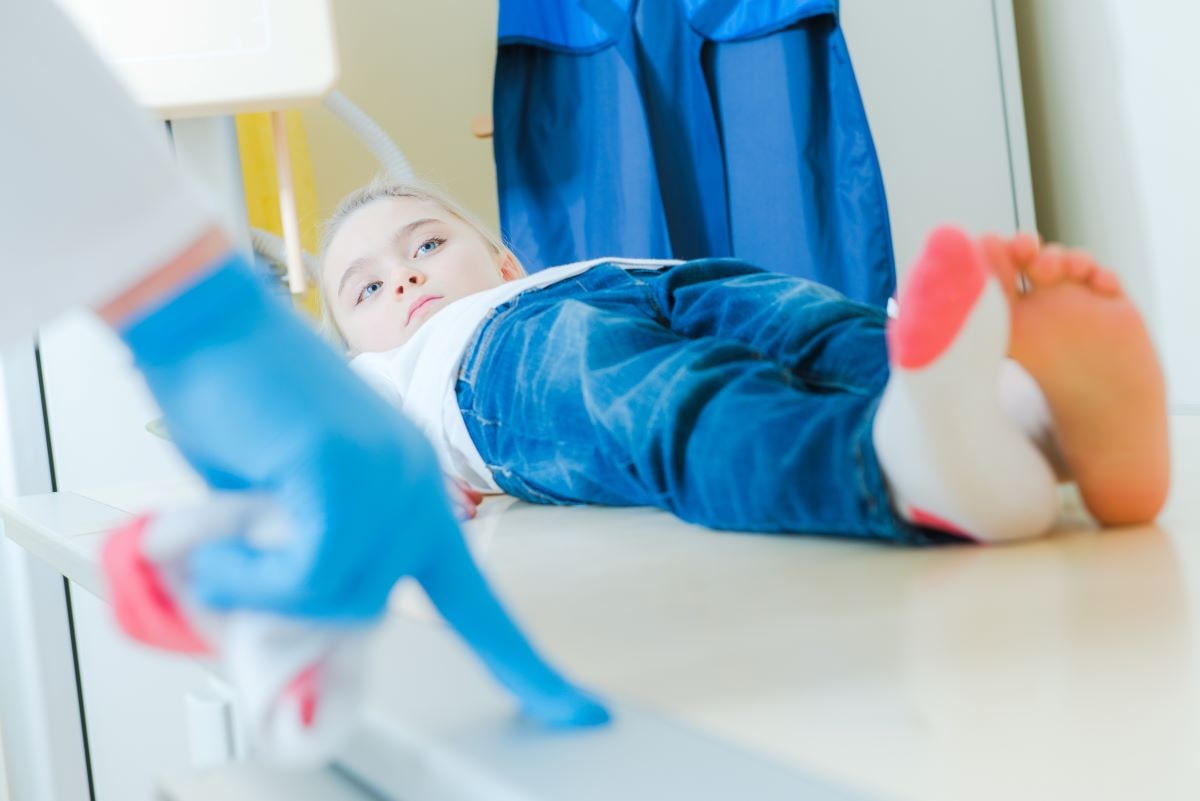For those of us who regularly sedate children for MRI procedures, it’s a frequent challenge to determine who will actually need sedation versus who will be able to complete the MRI without medication. I have seen four-year-old girls happily complete an MRI without sedation while 17-year-old developmentally typical adolescents could not manage to stay still. We all work hard to make sure that our sedations are as effective and safe as possible, but completing an MRI without sedation is always safer and preferable if the patient is able to be calm and comfortable. What can you do as a sedation provider to minimize the need for MRI sedation? The following are my top suggestions, though I look forward to reading your recommendations in the blog comments, too!
1. Even if the kiddo is scheduled with sedation, consider that he/she may be able to do it without.
If you don’t consider it, it won’t happen. Although it’s not ideal for our personal productivity to shift a patient to a non-sedate during our sedation slot, our primary duty is to our patients and their best interests. When discussing the MRI plan with parents and patients, offer the option of trying without sedation (with sedation still available as a backup) if the patient appears to be developmentally capable of success. Be careful—some parents are hesitant to consider that their kiddos can calmly stay still due to their own claustrophobia or anxieties; reassure them that you are available if needed.
2. Engage the collaboration of a Child Life Specialist (CLS) colleague to assess and prepare the patient/parents.
A CLS is your best friend in MRI! She can help with screening/scheduling patients appropriately, performing pre-calls to families to help them prepare for the procedure, working with patients in a mock scanner to assess for the ability to complete the MRI while awake, and on and on. Invaluable!
3. MRI compatible video systems are incredibly helpful.
We’ve all seen kids become movie-zombies when put in front of a screen; use this to your advantage to help patients complete an MRI without sedation! With the distraction of a movie and additional masking of the small space sensation and MRI noises via the goggles and headphones, this technology is a game-changer for MRI sedation.
4. Optimize scheduling based upon your institution’s structure.
Scheduling patients appropriately from the beginning is the holy grail, but this can be quite challenging. Many parents and referring providers are poor predictors of the child’s ability to calmly stay still. If the schedulers lean towards non-sedate slots for these borderline patients, parents are more frequently frustrated if the patient “fails,” forcing them to reschedule for a different day with sedation. Alternatively, scheduling patients with sedation when it’s unclear whether they will need it can inefficiently utilize the sedation resources and unnecessarily lengthen wait lists for sedated MRI appointments. Incorporating pre-calls by experienced nurses or CLS into the scheduling process can help to screen patients for the correct scheduling slot, optimally with standardized tools. (One option is the PRAP, as described in this article: J Child Health Care. 2014 Dec;18(4):378-87.)
What are your thoughts? Continue the discussion in the blog comments!






